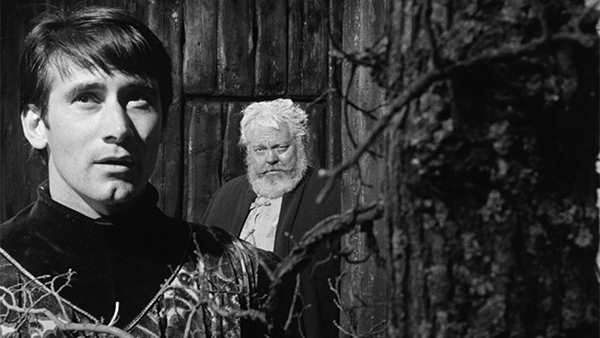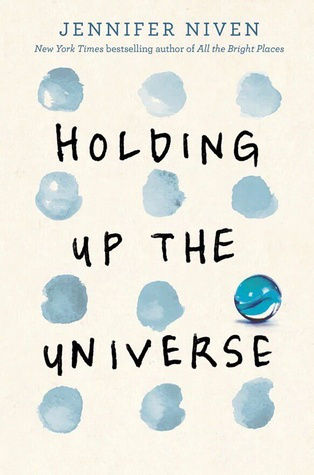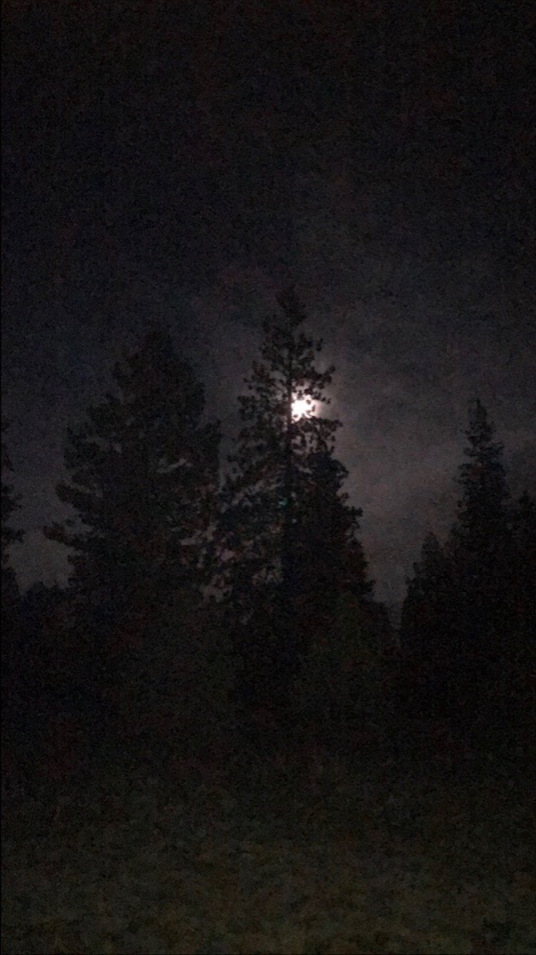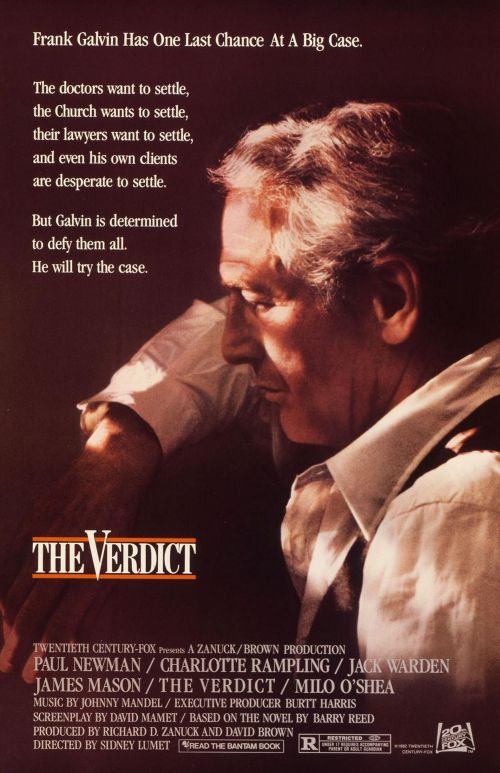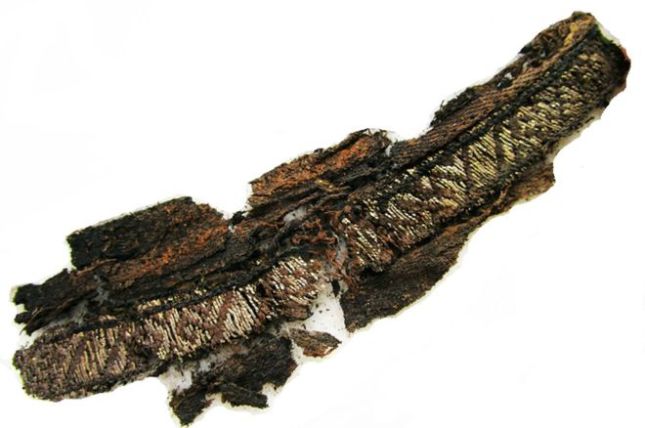As Nimrod’s Editor, I’ve offered workshops and Q&As on a variety of writerly topics, and some of my favorite workshops are those about the practical aspects of being a writer. Writing can be a lonely business, and even with the many resources available to writers online, I’ve found that writers appreciate the chance to ask an editor direct questions, questions that might seem simple, but that can lead to anxiety when you aren’t sure of the answer. “What does SASE mean?” “What does an agent do?” “Where can I find out about writing contests?”—these are the kinds of questions I get again and again, so I’m starting a series called “The Practical Editor” here on our blog that will go through some of the most common questions I receive. I’m going to start with the first thing an editor sees when you submit your work: your cover letter.
In general, a submission to a literary journal has two main components: your manuscript and a cover letter. Today I want to talk about what a cover letter should look like and what information it should contain. (We’ll go through manuscript formatting another day.)
Cover Letter Basics
A cover letter is your greeting to the journal or magazine. It should be no more than one page and should provide your contact information, information about your submission, and some information about you. There may be other schools of thought, but I like a simple, direct cover letter—and you will certainly never go wrong with one. Let’s break the elements down, and then we’ll look at a sample cover letter.
Information on your submission
Your cover letter should include the titles of the works you are submitting. For poetry, list each poem. For fiction or creative nonfiction, also include a word count, rounded to the nearest hundred words. (You normally do not need to include a word or line count for poetry unless requested.)
Information about yourself
Your cover letter should contain a brief and relevant biographical statement about yourself. Your bio will change depending on where you are in your literary career, but some basic elements are previous publication credits and/or awards, and any relevant writing degrees, workshops, jobs, or writing experience. In general, a cover letter bio statement should not exceed 100 words. This may mean that you don’t get to include all of your publication credits, but that’s fine—just pick the most impressive. I’m personally a fan of the third-person bio (which means less work for the journal if it accepts your work), but you can also write your statement in first person. If you don’t have any previous publication credits or writing experience, it’s perfectly okay to say something like, “Eilis O’Neal is a writer from Tulsa, Oklahoma. If this piece is accepted, this will be her first publication.”
Your contact information
This is the most important part of a cover letter and the most obvious part, but it’s also one that I have seen overlooked on multiple occasions. You want to make sure that the journal has your contact information at their fingertips—because how else will they get in touch with you if they want to publish your work? Your cover letter should contain your name, mailing address, preferred phone number, and preferred email. Make sure these are updated and accurate.
Sample Cover Letter
The following is the cover letter template that I used when I was regularly sending out short stories several years ago. It’s simple, direct, and conveys all the information I need it to.
Dear Mr. Grant,
I am submitting “The Sleeper” (5,400 words) for consideration in Lady Churchill’s Rosebud Wristlet.
Bio:
Eilis O’Neal lives in Tulsa, Oklahoma, where she is Managing Editor of Nimrod International Journal. Her short fantasy has appeared in Fantasy Magazine, Realms of Fantasy, Strange Horizons, Lady Churchill’s Rosebud Wristlet, Andromeda Spaceways Inflight Magazine, Zahir: A Journal of Speculative Fiction, and others.
I look forward to any comments you might give, and thank you for your time and energy.
Sincerely,
Eilis O’Neal
Address
Phone
Additional Cover Letter Tips
Now that we’ve gone through the basic cover letter, here are some additional dos and don’ts.
- Length: Keep your cover letter to one page—anything longer is excessive and probably won’t be looked at.
- Salutation: Double check the name of the editor to whom you address your submission on the journal’s website, which will have the most updated information. Make sure that you spell the name correctly, and if you aren’t sure of the person’s gender, just say “Dear Full Name.” If you aren’t sure to whom you should address the submission, “Dear Editors” is always acceptable.
- Fonts and paper: Use a 12-point standard font, such as Times New Roman. Print your cover letter on plain white paper or professional-looking letterhead. Avoid anything overly colorful or with loud prints.
- Simultaneous submissions: If the journal accepts simultaneous submissions and you are making one, say so.
- Irrelevant bio information: Keep it professional. Don’t tell the editor the names of your dogs, offer to buy then beer if you ever meet, or mention how you love bungee jumping (unless your story is about bungee jumping, at which point that becomes relevant information). I’m also not a fan of any sort of “artistic statement/philosophy” simply because they often sound trite and may be at odds with the editor’s own ideas on the subject.
- Jokes: Likewise, avoid jokes or being silly. I know that it can be a temptation to try to loosen a cover letter up, but too often being actively joke-y just comes off as unprofessional.
- Finally, let your work speak for itself. One of the reasons that I advocate for a simple cover letter is that it doesn’t detract from the most important piece of your submission: your manuscript. That’s what the editor is really here to see, and a simple cover letter doesn’t clog the editor’s brain with information they don’t need and that might prejudice them against your work before they’ve even read it.
In Conclusion
Obviously, all this advice should be taken with this grain of salt: The journal that you’re submitting to may have specific guidelines for cover letters and, if so, you should follow them. Also, if you are submitting online, they may have an online form for cover letters that may change what information you can include. If they don’t mention specific guidelines, however, a cover letter like the one I’ve described will always look professional and provide the journal with the basic information they need to review and respond to your work.
*If there are topics that you would like to see covered in future posts on “The Practical Editor,” leave a comment below or email us at nimrod@utulsa.edu.
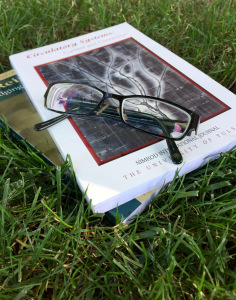
Eilis O’Neal is Nimrod‘s Editor-in-Chief. She is also a writer of fantasy and the author of the young adult fantasy novel The False Princess.
Share this:
